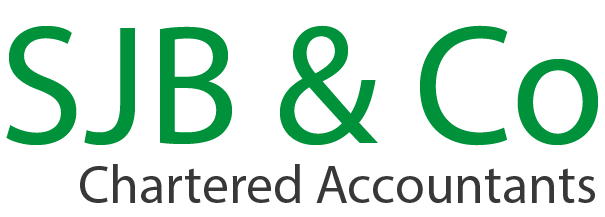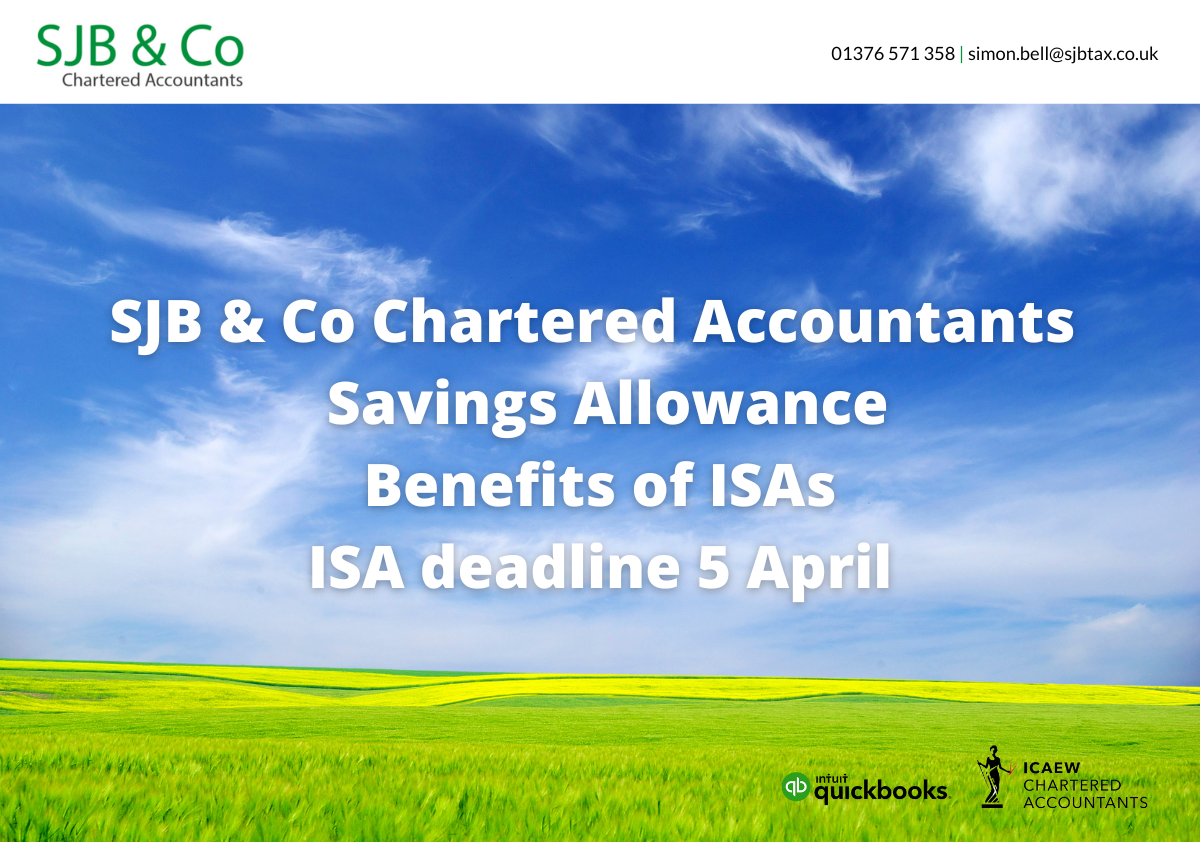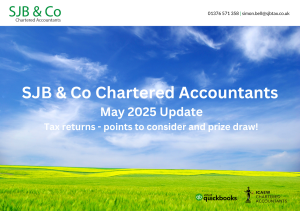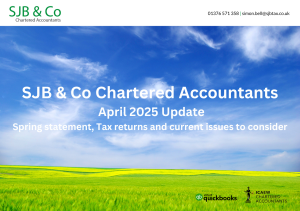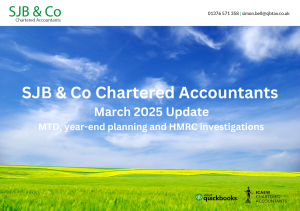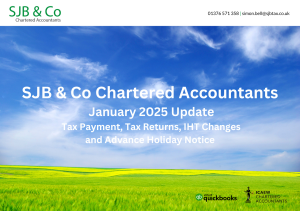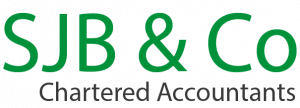Beat the 5 April ISA deadline
The Bank of England once again increased the base rate on 23 March 2023 – this time by 0.25% to 4.25%. While rising interest rates are good for savers who are able to enjoy a better return on their savings, it may mean that you will need pay tax on your interest where previously it was covered by your savings allowance. As the end of the tax year approaches, if you have not already used your ISA allowance, you may want to consider opening an ISA for 2022/23 to shelter your savings interest from tax.
Key dates
For 2022/23, the ISA savings limit is £20,000 (£4,000 for a lifetime ISA). If you have not already used your ISA limit for 2022/23, you have until 5 April 2023 to invest in an ISA and benefit from tax-free interest on your savings.
This note explains how savings income is taxed and how ISAs can be used to shelter savings income from tax.
Taxation of savings
The rules governing the taxation of savings are quite complicated as the allowances that are available depend on the amount and type of income that you have. Interest on savings is only taxable if it is not sheltered by your personal allowance or your personal savings allowance, and it does not fall within the savings starting rate band. Any interest on savings that is taxable, is taxed at your marginal rate of income tax, either 20%, 40% or 45%.
Personal savings allowance
Basic and higher-rate taxpayers have a personal savings allowance which shelters interest on bank and building society accounts and other savings income. For 2022/23 and 2023/24, the personal savings allowance is set at £1,000 for basic rate taxpayers and at £500 for higher rate taxpayers. Additional rate taxpayers do not receive a personal savings allowance.
Rising interest rates may mean that for 2022/23 the interest that you received on your savings exceeded your personal savings allowance for the first time, and you will need to pay tax on the excess.
From 6 April 2023, the additional rate threshold is reduced from £150,000 to £125,140. If as a result of the reduction in the threshold, you become an additional rate taxpayer in 2023/24 where previously you have been a higher rate taxpayer, not only will your marginal rate of tax increase, you will also lose your personal savings allowance. Consequently, from 2023/24 any interest you receive on your savings will be taxable in full.
Personal allowance
The standard personal allowance is £12,570 for 2022/23, and will remain at this level until 6 April 2028. If you have not used your personal allowance in full for 2022/23, any unused amount is available to set against your savings income.
Savings starting rate band
The savings starting rate band is set at £5,000 for 2022/23 and 2023/24, but it is reduced, on a pound-for-pound basis. by non-savings income in excess of your personal allowance. If you have non-savings income of at least £17,570 for 2022/23 or 2023/24, you will not benefit from the savings starting rate band.
Assuming you receive only the standard personal allowance of £12,570, if you have non-savings income of between £12,570 and £17,570, your savings starting rate band is £5,000, less the extent to which your non savings income exceeds £12,570. For example, if you have a salary of £16,000 and no other income apart from interest on your savings, your savings stating rate band is £1,570 (£5,000 – (£16,000 – £12,570)).
Savings income that falls within the savings rate band is tax at 0%.
The savings rate band is available in addition to the personal allowance and personal savings band. If you only have savings income, you can enjoy £18,570 tax-free in 2022/23 and 2023/24 (personal allowance of £12,570 plus basic rate personal savings allowance of £1,000 plus savings starting rate band of £5,000).
Consider an ISA
With interest rates at a low level for many years, most savers did not have to worry about paying tax on the interest that they received as, unless they were an additional rate taxpayer, any interest that they received was sheltered by their personal allowance. However with rising interest rates, this may no longer be the case. If the interest on your savings exceeds your personal savings allowance, it is likely that some tax will be payable. From 2023/24, you may also be faced with a tax bill on your savings if you become an additional rate taxpayer, losing your personal savings allowance in the process.
To reduce the tax that you pay on your savings interest, consider investing in an ISA. You can save up to £20,000 in an ISA each tax year (of which up to £4,000 can be in a Lifetime ISA). You do not pay tax on any interest on cash held in an ISA (or on income and gains if you have a stocks and shares ISA).
If you have not yet used your ISA allowance for 2022/23, consider investing in an ISA before 6 April 2023. You can invest in another ISA from 6 April, utilising your 2023/24 tax-free limit. With careful planning you can invest up to £40,000 in tax-free accounts in the next couple of weeks.
Remember, you can only open one ISA each tax year and you may be limited as to what you can withdraw.
You may wish to take professional advice prior to making any investments.
For more information or to discuss any issues raised above please contact Simon Bell by phone on 01376 571358 or email [email protected] . This article is written in general terms and therefore cannot be relied on to cover specific situations. Applications of the principles set out will depend on particular circumstances. It is recommended that you take professional advice before acting or refraining from acting on any of the above content.
